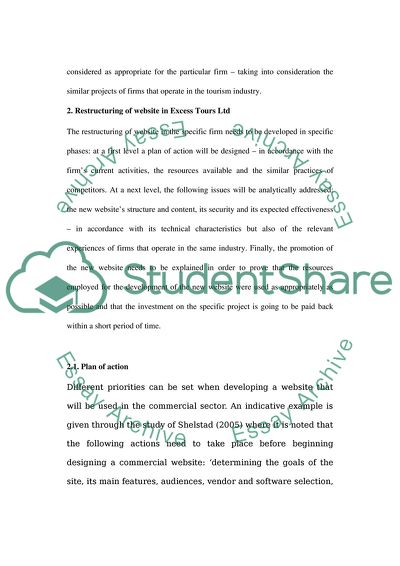Cite this document
(A Request to Rebuild the Company Website Admission/Application Essay, n.d.)
A Request to Rebuild the Company Website Admission/Application Essay. Retrieved from https://studentshare.org/design-technology/1730940-public-relations
A Request to Rebuild the Company Website Admission/Application Essay. Retrieved from https://studentshare.org/design-technology/1730940-public-relations
(A Request to Rebuild the Company Website Admission/Application Essay)
A Request to Rebuild the Company Website Admission/Application Essay. https://studentshare.org/design-technology/1730940-public-relations.
A Request to Rebuild the Company Website Admission/Application Essay. https://studentshare.org/design-technology/1730940-public-relations.
“A Request to Rebuild the Company Website Admission/Application Essay”, n.d. https://studentshare.org/design-technology/1730940-public-relations.


